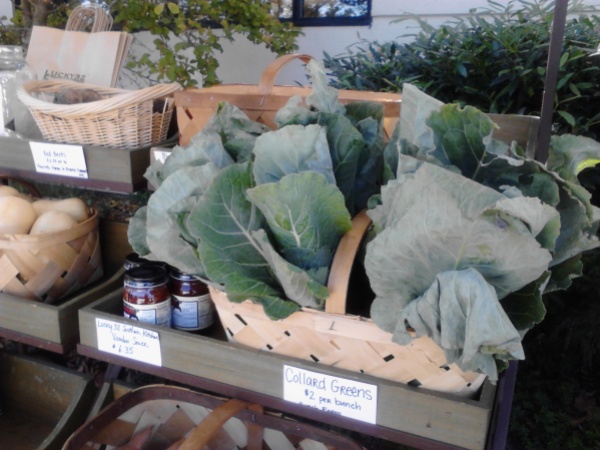March 14 is a day where foodies and math lovers find common ground. Sure, it’s National Pi (or 3.14159265359….) Day but it is mostly a great excuse to have a slice of pie. As pie enthusiasts, we wanted to share a few pie baking tips, a plethora of pie recipes and a few fun tidbits!
We Only Have Pies For You
Need To Know Pie Baking Tips
- Work with a chilled crust. Otherwise, the butter from the crust will melt too quickly and it won’t be nice and flaky after baking.
- Baking sheet or no baking sheet? It’s recommend to not use a baking sheet unless you are specifically trying to insulate the bottom of the crust. It’s better to bake the pie on the lower third of the oven and then move the pie to the upper third for the last 15 minuts if the top crust looks too pale.
- How to fixing a runny fruit pie — First make sure you are getting the filling hot enough in the oven. When the filling bubbles, it turns the fruit into a gelitan and thickens. If that doesn’t work try adding a little corn starch, flour, tapioca flour, or instant pudding.
A Plethora of Pie Recipes
According to a survey by the American Pie Council (yes, it’s a thing), when asked what dessert folks wanted to have visting guests bring to a gathering, pie was the prefered choice. So, next time you have a picnic or gather you can whip up our Frozen Chocolate Peanut Butter Pie or choose different one our collection of recipes!

Frozen Chocolate Peanut Butter Pie
-
- 12 oz Cream Cheese
- 1 cup smooth Peanut Butter
- ¾ cup 10X Sugar
- 16 oz tub Cool Whip
- 10 tbsp Chocolate Chips
- 1 Graham Cracker Pie Crust
- ½ cup Chocolate Syrup
- ½ cup finely chopped Peanuts
Soften cream cheese at room temperature. Add cream cheese, peanut butter, and sugar to the bowl of an electric mixer. On medium speed, blend until mixture is light and fluffy. Using a rubber spatula, fold the Cool Whip into peanut butter mixture. Add chocolate chips and blend thoroughly with the rubber spatula. Pile filling into pie crust and place in freezer to harden overnight. Serve with chocolate syrup and nuts on top.
Additional Recipes
Fillings & Crusts
If you don’t feel like baking, you can order a Peanut Butter, Chocolate Chess or Buttermilk Pie with Get Lucky and Go. Just give us a 24 hour notice and we’ll have a whole pie ready for you to pick up. It’s easy as…well you know. See the Get Lucky and Go menu.
Did You Know?
The ancient Egyptians are credited with inventing pie. They often enjoyed a pastry of wheat or oats around a filling of honey.
America’s favorite pies are Apple, Pumpkin, Pecan, Banana Cream and Cherry.
February is National Pie Month and January 23 is the offical National Pie Day (but most celebrate it on March 14)
Vote For Your Favorite Pie From Lucky’s!
Let us know what your favorite is by voting in our Pie Poll below! We’ll post the results below in a pie graph as they come in!
Disclaimer: All our recipes were originally designed for much larger batch size. This recipe has been reduced – but not tested at this scale. Please adjust as to your taste and portion size.
© 1989-2020. This recipe is the property of Quaintance-Weaver Restaurants, LLC. Unauthorized commercial use is forbidden.
For more about our seasonal recipes, see our current menu at Lucky 32 Southern Kitchen and our Blog Recipe Index.
To learn more about the American Pie Council visit http://www.piecouncil.org/.






















